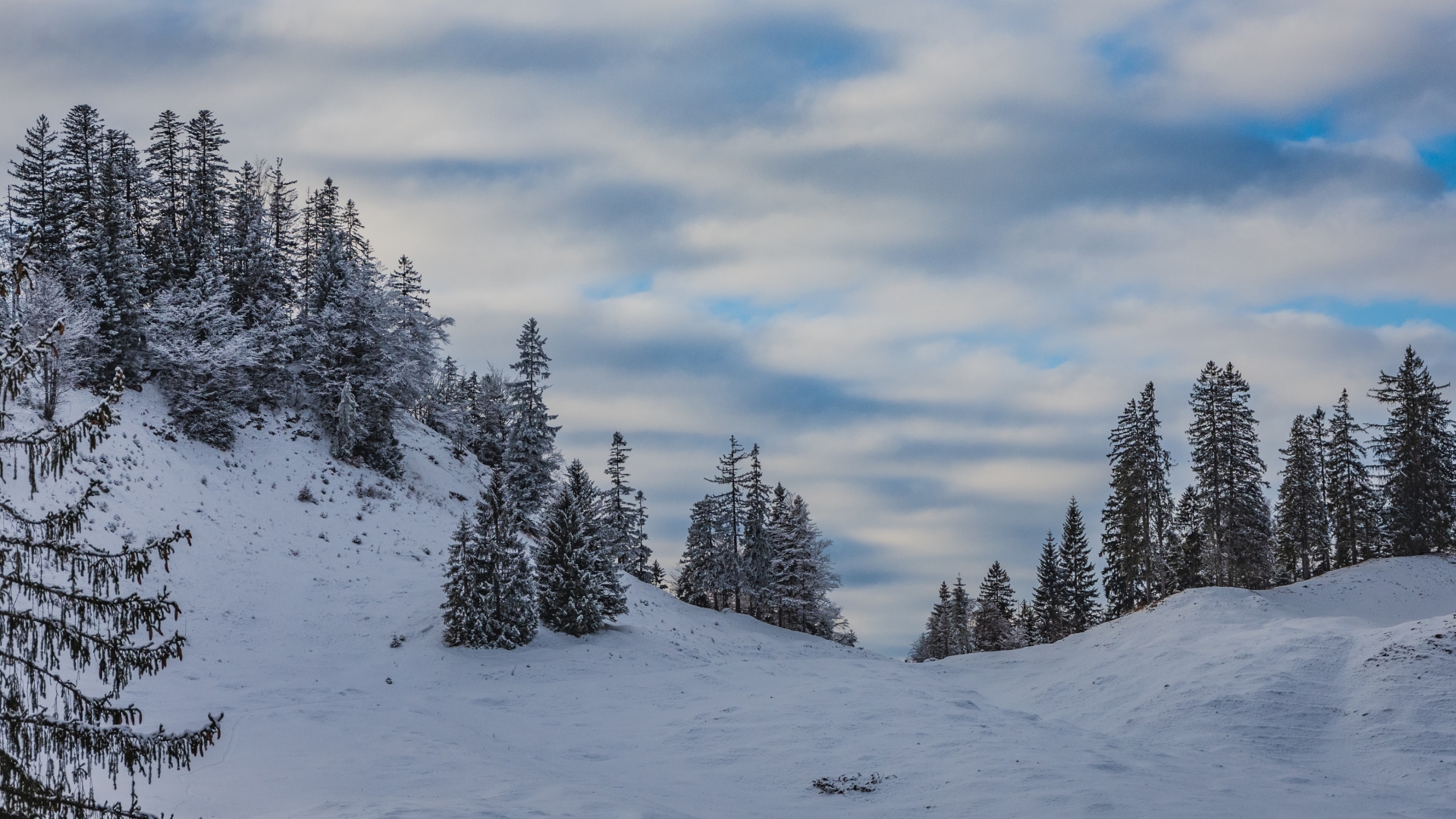Lesser Highland Fleffcat
The lesser highland fleffcat is the smaller of the two fleffcat species native to the Gildare Highlands. This mostly white feline is known for its soft, golden belly fur that was spun into thread by the Linguasta. It is believed that the term "golden tongue" in reference to imperants was a reference to the Linguasta tradition of using this golden thread for intricate embroidery.
Basic Information
Anatomy
Like other felines, the lesser highland fleffcat is a quadrupedal animal. It has almost comically large paws that appear disproportionate to the rest of its body, but these allow the fleffcat to more easily traverse the snow covered landscape of the highlands. It has a short, stubby tail. On its head are small rounded ears, bright yellow eyes, and, in its mouth, a set of small sharp teeth. Its fur is thick to insulate it from the cold and grey white to serve as camouflage in the snow with a golden belly.
Ecology and Habitats
Like its name suggest, the lesser highland fleffcat thrives in the cold climate found at higher elevations.
Dietary Needs and Habits
The lesser highland fleffcat is a carnivorous predator that subsists mainly on small prey such as rabbits and flightless birds and have been known to attack livestock if prey is scarce. Those living near settlements are often able to supplement their diet with the food left for them by humans.
Additional Information
Social Structure
The lesser highland fleffcat is a solitary species. Each fleffcat has its own "home range" which may overlap with another fleffcat's home range, but any interactions are short and potentially aggressive, especially if prey is involved. A female may be seen with a few cubs in tow, but the cubs will go off on their own in three to six months.
Domestication
The lesser highland fleffcat's curious personality and seeming comfort around humans has led many over the years to attempt domestication of this species for easier collection of its golden fur, but these have all failed.
Uses, Products & Exploitation
Prior to the settlement of the Lingausta in the Gildare Highlands, the lesser highland fleffcat was not sought after by hunters or trappers and was seen as a nuisance for those tracking bigger game in the highlands. It was often trapped or killed out of necessity and its pelt served some uses, though it was less valuable than that of the Speckled Fleffcat, the larger of the two fleffcat species in the region.
After the formation of permanent Linguasta settlements in the highlands, the lesser highland fleffcat came to hold special meaning to the Linguasta, and so killing of the species ceased. Instead, over time, the Lingausta developed a somewhat symbiotic relationship with the species. The fleffcat's curiosity would lead it into towns where it would be met with grooming and treats. Brushing allowed for the gathering of golden hairs from the fleffcat's belly. From these hairs, the Linguasta would spin golden thread that would be used for intricate embroidery. It was said that efflucists of the Linguasta developed a way to create enflux embroidery with this silky thread. This garments and other products with this embroidery were some of the few tradeable goods that were accepted by outsiders as tradeable goods.
Today, though the Linguasta as a group is extinct, descendants still living in the Gildare Highlands maintain this tradition and much of the fleffcat population remains semi-feral.
Geographic Origin and Distribution
While primarily found in the Gildare Highlands, the lesser highland fleffcat has also been spotted in stretches of the Thetbron Mountains east of the Ensele River.
Lifespan
5-8 years
Average Height
14-21 in
Average Length
30-49 in
Body Tint, Colouring and Marking
Grey-white fur with golden fur on belly
Geographic Distribution
Related Ethnicities
Remove these ads. Join the Worldbuilders Guild









Comments